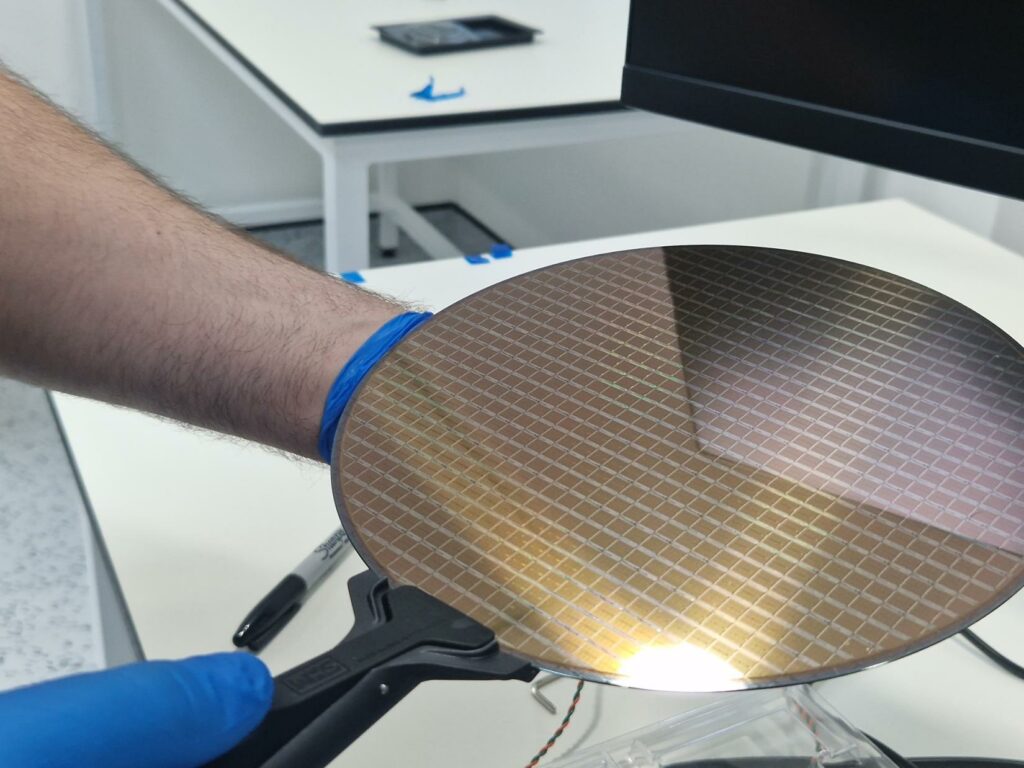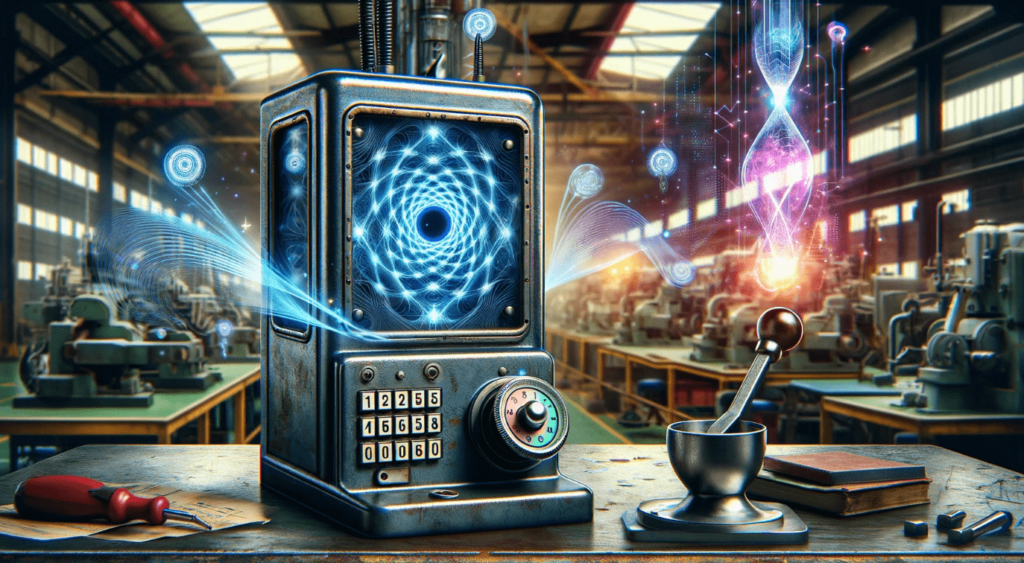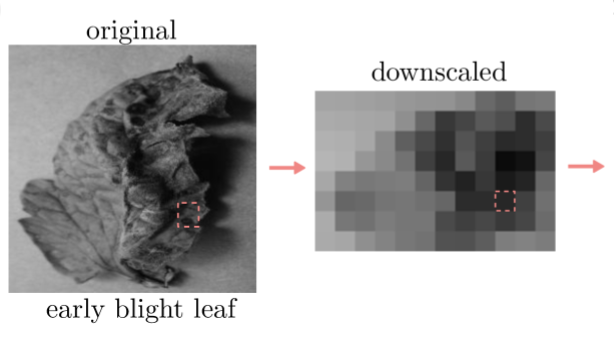
The incredible theoretical estimates of quantum computing’s cryptographic powers is a worry for many Bitcoin proponents. Now, a team of researchers in the United Kingdom and the Netherlands report that HODLs should feel safe — for now.
In a study, the researchers suggest that quantum computers would need millions of physical qubits to be a threat to Bitcoin. Currently, engineers are working toward quantum computers that have about 100 physical qubits, according to Mark Webber, of the University of Sussex.
“State-of-the-art quantum computers today only have 50-100 qubits,” said Webber. “Our estimated requirement of 30 [million] to 300 million physical qubits suggests Bitcoin should be considered safe from a quantum attack for now, but devices of this size are generally considered achievable, and future advancements may bring the requirements down further.
Quantum computers should be exponentially more powerful at breaking many encryption techniques than classical computers. RSA encryption is used currently to secure communication. Bitcoin uses a method called elliptic curve digital signature algorithm. Both will would be vulnerable to a large, error-corrected quantum computing attack.
“The Bitcoin network could perform a ‘hard-fork’ onto a quantum-secure encryption technique, but this may result in network scaling issues due to an increased memory requirement.”

Bitcoin developers might not want to be too complacent, said the researchers, who report their findings in AVS Quantum Science.
They point to the speed of improvement of both quantum algorithms and error-correction protocols.
“Four years ago, we estimated a trapped ion device would need a billion physical qubits to break RSA encryption, requiring a device with an area of 100-by-100 square meters,” said Webber. “Now, with improvements across the board, this could see a dramatic reduction to an area of just 2.5-by-2.5 square meters.”
Universal Quantum scientists, a QC startup with plans to build a quantum computer with millions of qubits, were also involved in the study.
Webber said that all calculations could change based on platform type and error-correction method.
“The majority of existing work within this realm focuses on a particular hardware platform, superconducting devices, like those IBM and Google are working toward,” said Webber. “Different hardware platforms will vary greatly on key hardware specifications, such as the rate of operations and the quality of control on the qubits (quantum bits).”
Other Use Cases for Quantum
A large-scale error-corrected quantum computer should be able to solve important problems classical computers cannot, the researchers added.
“Simulating molecules has applications for energy efficiency, batteries, improved catalysts, new materials, and the development of new medicines,” said Webber. “Further applications exist across the board — including for finance, big data analysis, fluid flow for airplane designs, and logistical optimizations.”
One use case the researchers investigated was a method to pull nitrogen out of the air to make ammonia for fertilizers. Current methods are energy-intensive and impact both world food scarcity and the climate. Simulation of relevant molecules is currently beyond the abilities of even the world’s fastest supercomputers but should be within the reach of next-gen quantum computers.
“Our tool automates the calculation of the error-correction overhead as a function of key hardware specifications,” Webber said. “To make the quantum algorithm run faster, we can perform more operations in parallel by adding more physical qubits. We introduce extra qubits as needed to reach the desired runtime, which is critically dependent on the rate of operations at the physical hardware level.”
One limitation of many quantum computing platforms is that qubits often need to right next to each other can interact directly. Trapped ion designs feature qubits that are not in fixed positions and can instead be physically moved around.
“We explored how to best take advantage of this ability to connect distant qubits, with the aim of solving problems in less time with fewer qubits,” said Webber. “We must continue to tailor the error-correction strategies to exploit the strengths of the underlying hardware, which may allow us to solve highly impactful problems with a smaller-size quantum computer than had previously been assumed.”
Qu & Co B.V. researchers were also involved in the study.
If you found this article to be informative, you can explore more current quantum news here, exclusives, interviews, and podcasts.



















